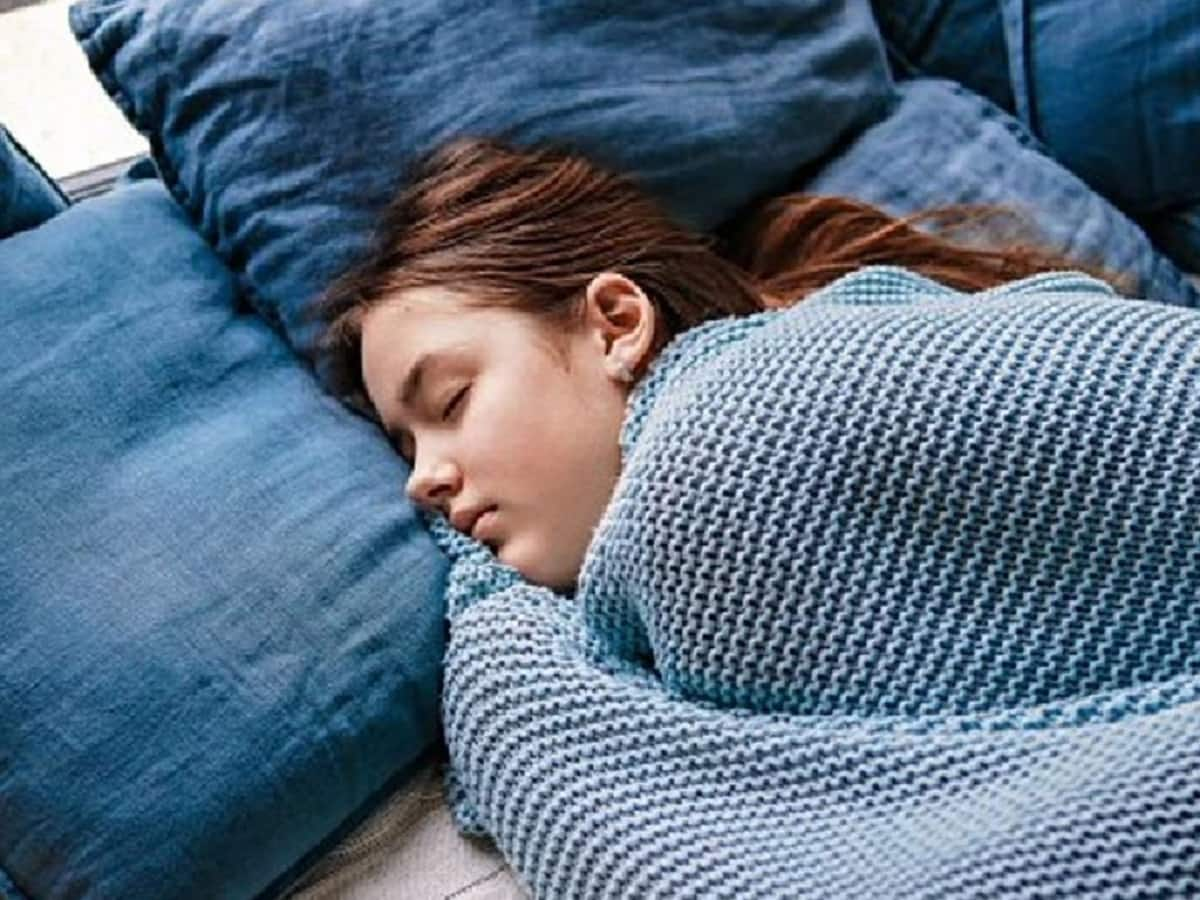Hypoxia – During COVID-19 pandemic, doctors had asked us to measure our oxygen levels at least thrice a day even when we were fine. They did that for a reason.
None of us can forget the old horrific days of the COVID-19 pandemic that claimed so many lives. We still remember those days when our days went away in measuring oxygen and how suddenly had pulse parameters became more important than phones and remotes. We still remember the days when doctors asked us to measure our oxygen saturation thrice a day even when we felt we were fine. We were told this for a reason.
Hypoxemia is a clinical term used when you have low levels of oxygen in your blood. The problem is usually gas exchange with your lungs. In such a situation, your organs and tissues might not be getting enough oxygen. It is a medical emergency and requires immediate medical intervention as it might lead to organ damage and even death. When measuring oxygen levels using a pulse oximeter, the normal values are between 95 and 100 per cent. If the level goes beyond 92 or 90, then one might have to consider a doctor.
It might happen all silently
While in most cases, hypoxia manifests itself in many obvious reasons like shortness of breath, rapid heart rate, and fast breathing but like many other mysteries of the pandemic, in many cases, the patients remained unaware that their oxygen levels were dipping. In the words of a quoted emergency physician, there was a mismatch between the monitor and the outward state of the patient. The situation has been called “happy” or “silent” hypoxia. As per some experts, this could have been one reason among many behind young COVID deaths.
As per some health experts, low oxygen saturation is not always coupled with obvious respiratory distress. Till the time, the lungs are inflating well, one might breathe deeply. The condition has been very bewildering for the physicians who saw many COVID-19-affected patients who were functioning well with low-oxygen saturation levels.
Young people more at risk
Experts believe that young people can tolerate low oxygen saturation for a long time without difficulty. As per some reports, some patients admitted to the emergency departments with profound hypoxia had no breathing difficulties at all. Some patients had oxygen saturation levels as low as 50 per cent. Many physicians during COVID were surprised to see how silent a hypoxia could be. Home








